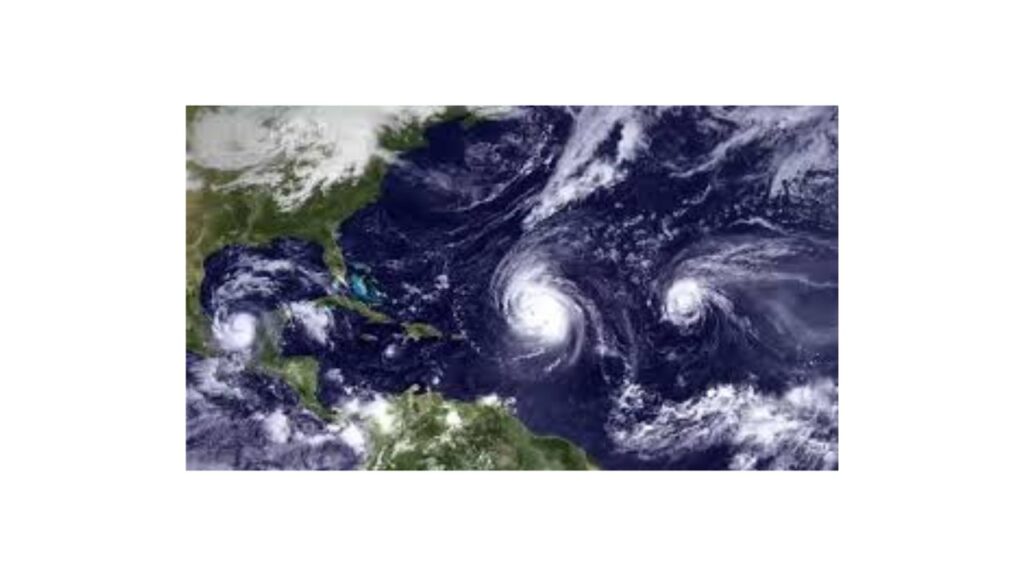A system of thunderstorms is building in the Caribbean Sea, and Florida is bracing for what might be the strongest hurricane of the season. It is anticipated that this system, dubbed Potential Tropical Cyclone Nine, will quickly strengthen into Hurricane Helene later this week, bringing hurricane-force winds and potentially fatal storm surge to the Southeast.
A hurricane watch has been issued by the National Hurricane Center for Florida’s Gulf Coast, which includes Tampa Bay and Charlotte Harbor and stretches from Englewood to Indian Pass. Additionally, areas north and south of this area—from Indian Pass to the Walton-Bay County line and from north of Bonita Beach to Englewood—are under a tropical storm watch. For the Dry Tortugas and a portion of the Keys in Florida, a tropical storm watch was issued.
Emergency Preparedness in Action
In order to expedite preparations and coordination prior to the storm, Florida Governor Ron DeSantis has declared an emergency for 41 of the state’s 67 counties. A 10-foot-high flood barrier is currently being constructed around Tampa General Hospital because of the possibility of storm surge and changing storm patterns.
Rapid Intensification Expected
The western Caribbean Sea saw a swarm of showers and thunderstorms on Monday, indicating the possibility of a cyclone. By Wednesday night, the system is expected to intensify into a hurricane and possibly reach Category 3 status, according to the National Hurricane Center. With wind speeds of 125 mph, Hurricane Idalia was the last Category 3 storm to make landfall in the United States, having struck Florida in August of last year.
Alerts Extend Beyond Florida
While the hurricane center indicates that the Big Bend region of Florida may see landfall, meteorologists have advised people living from Florida’s Gulf Coast to eastern Louisiana to stay vigilant. Strong winds and storm surge are predicted by the system, which could cause choppy seas and hazardous rip currents in the Gulf.
Heavy Rainfall and Flood Risks
“Potential Tropical Cyclone Nine will bring heavy rain to portions of the western Caribbean, which will cause considerable flooding and mudslides across western Cuba,” the National Hurricane Center said. Much of the Southeast is expected to experience heavy rainfall, with the possibility of flooding beginning midweek.
For a large portion of Florida, Georgia, Alabama, and the Carolinas on Thursday, there is a level 2 of 4 risk of flooding rain. The center issued a warning, saying that prolonged periods of high rain could cause severe flash flooding and widespread power outages in these areas.4
It is recommended that locals prepare a hurricane plan and keep themselves updated on any new hurricane and storm surge advisories. Visit the websites of the National Hurricane Center or the National Weather Service for up-to-date information.
